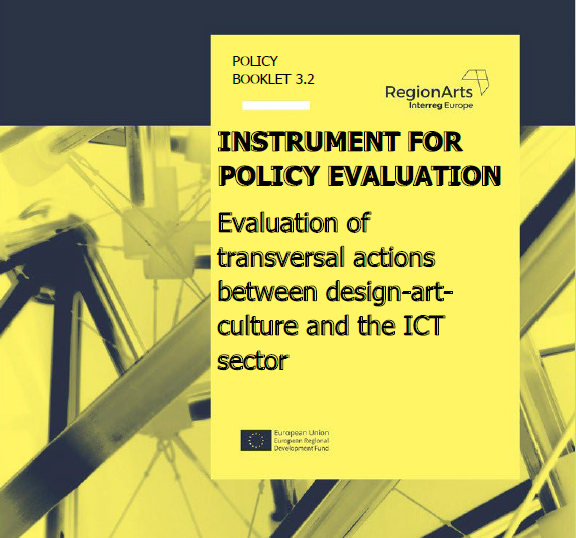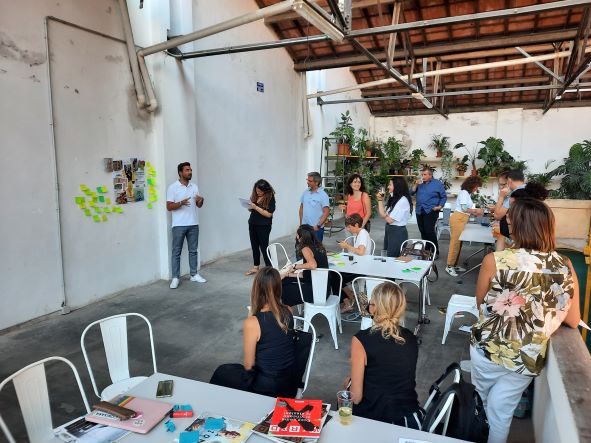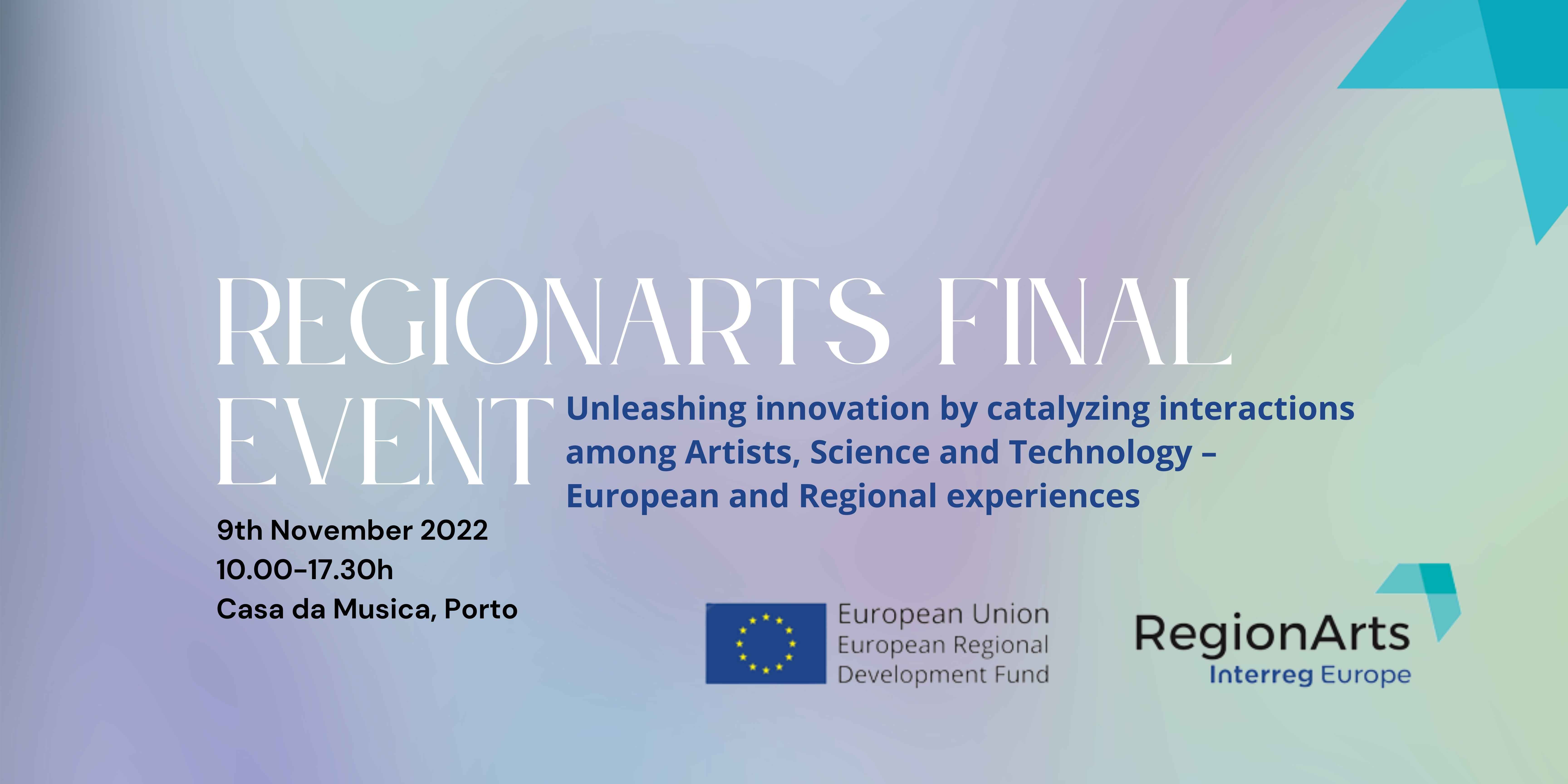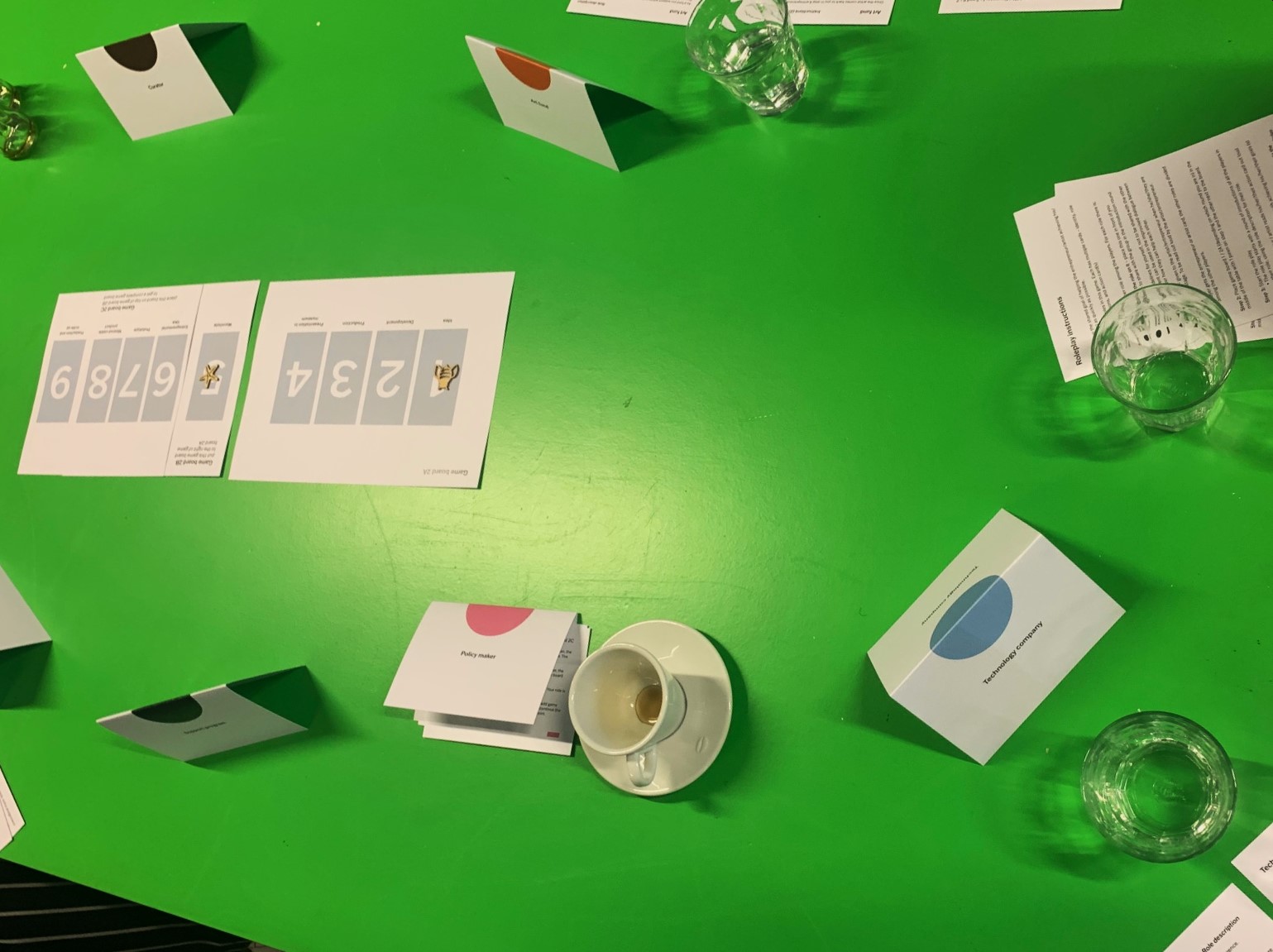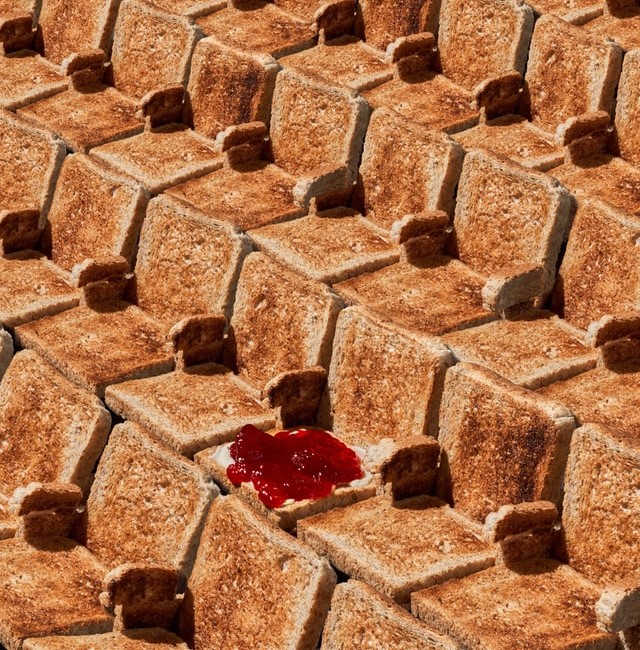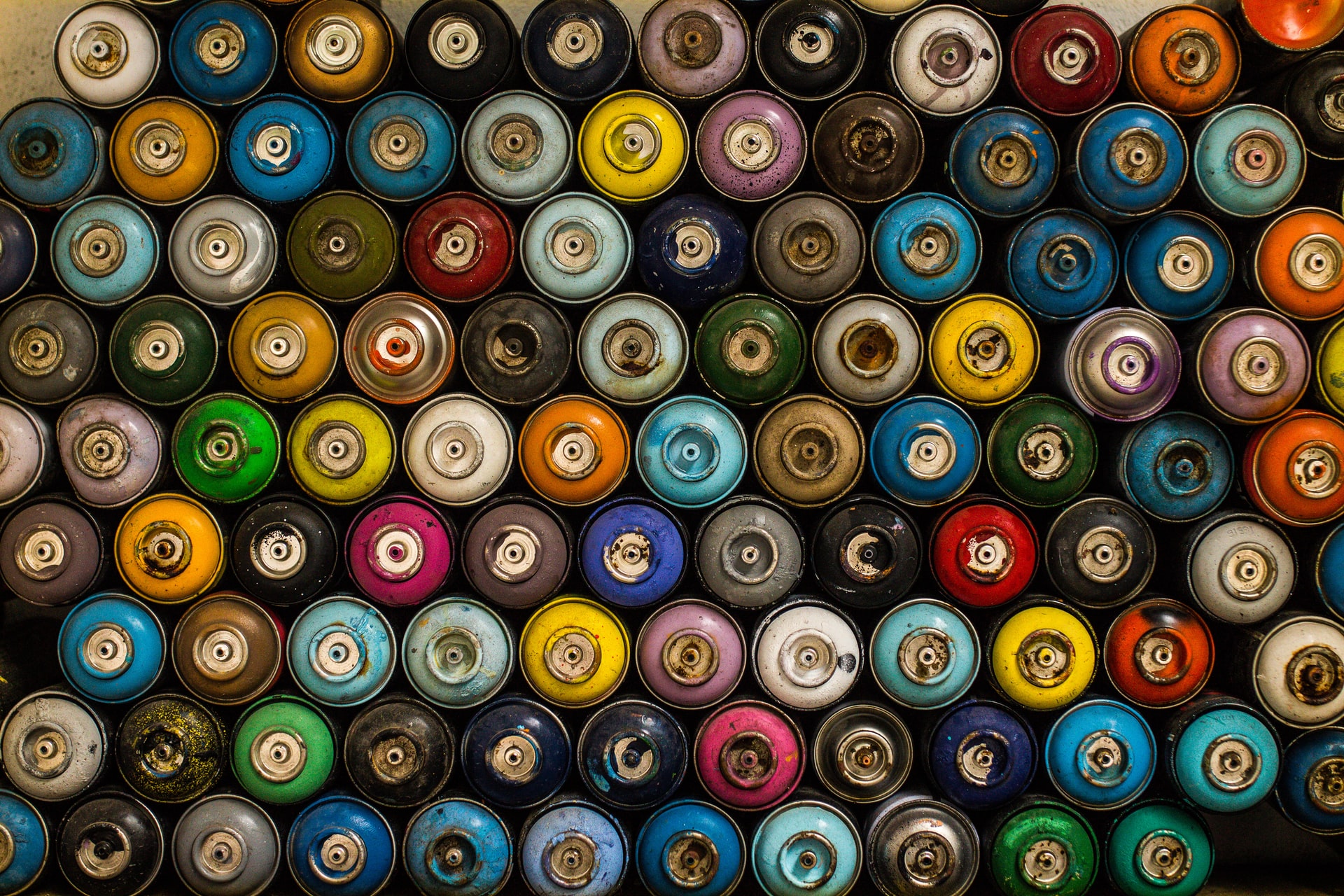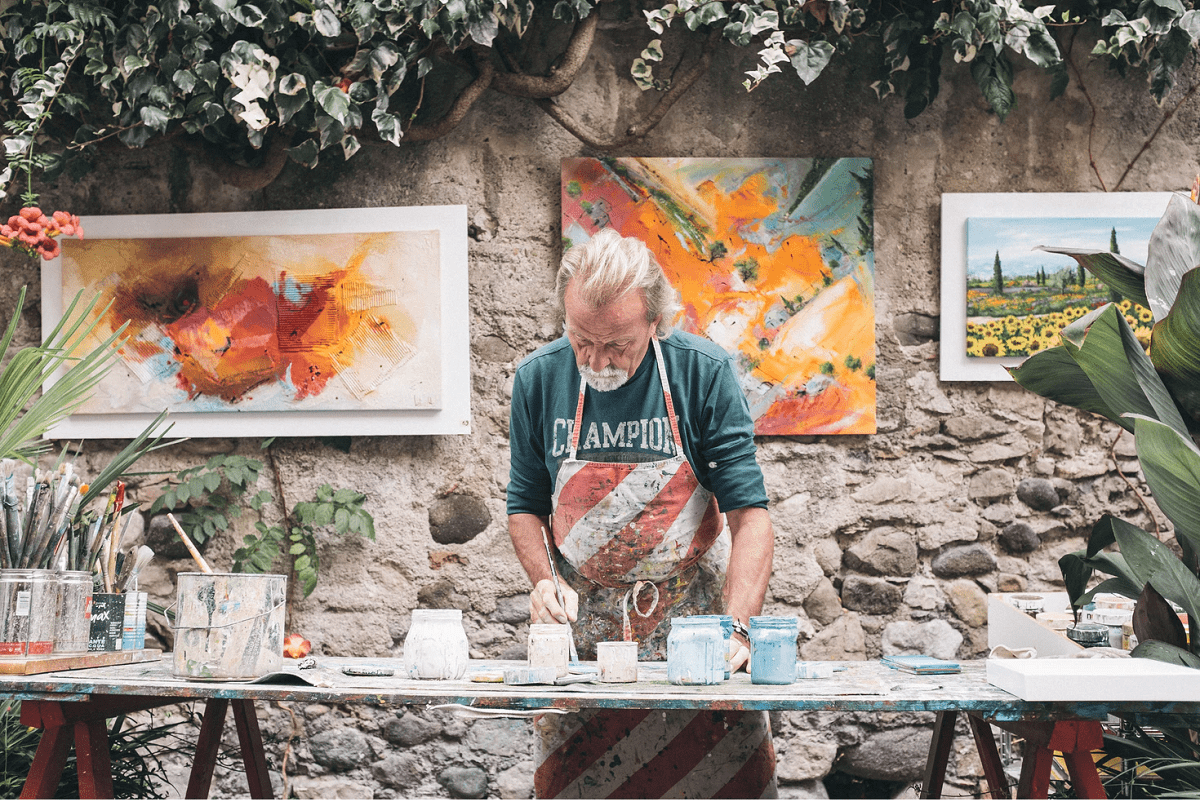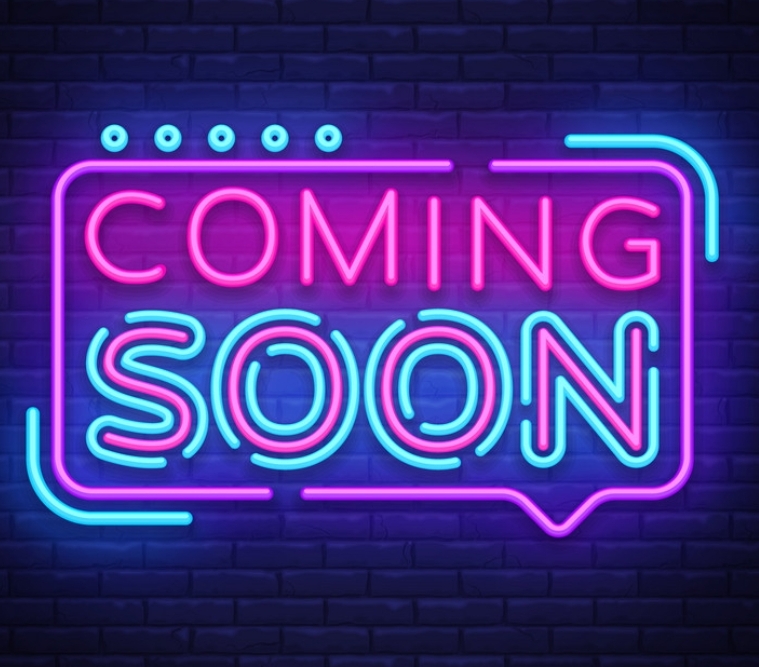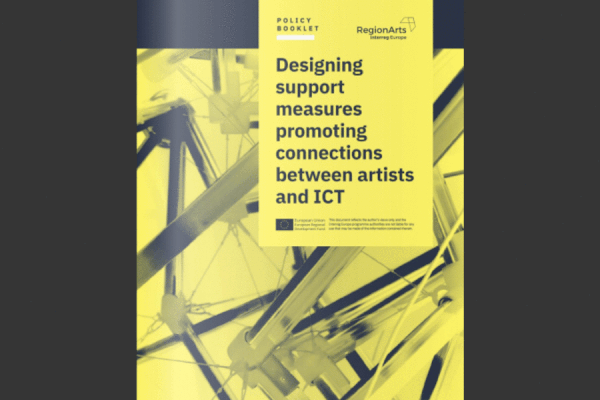Are you a sculptor? A painter? An illustrator? For decades, art students starting out have asked themselves these questions. But these categories could look very different in the near future, as art schools belatedly attempt to incorporate new technology into their curricula.
Earlier this year, one of the world’s most prestigious art schools, The Royal College of Art in London, announced plans to expand its curriculum to include science and technology. It was a watershed moment that suggested some art educators are finally understanding that these subjects need to be part of the academy in order to for it to survive the digital age.
But how can art schools adapt to this new paradigm, and how will the changes inform the kind of art that will be made in the future?
There has been much discourse about how education needs to expand from STEM to STEAM, incorporating art and creative thinking into more right-brained areas of innovation. But so far, the science sector has been more open to welcoming art than the reverse.
According to the 2019 State of Art Education Survey, 52.2 % of art teachers want to learn more about teaching digital art effectively, but only 21.9% of art teachers feel comfortable actually teaching a digital arts curriculum. Schools like the Massachusetts Institute of Technology and New York University, meanwhile, have already incorporated arts education into their historical science- and technology-led curricula.
Professor Mick Grierson, a research leader at the newly opened Creative Computing Institute at the University of the Arts London, attributes the gap to ideological friction between arts and technology. Some traditional creatives are not only unsure how to integrate technology into their lessons, but also hesitant to see coding and other tech skills as artistic practices in and of themselves. As a result of this culture clash, digital artist and educator Vicki Fong believes arts schools have missed a huge opportunity—and art is suffering as a result. “People are using digital skills to speed up the process, so more art is being made at a much quicker rate, which doesn’t necessarily increase the quality,” she says. “Digital art so far has been about production, about churning things out. I think that mentality is shifting now.”
In order for digital art to be treated as seriously as analogue art, however, experts say that universities will need to adopt an even broader shift in thinking. The technification of the art school curriculum still has a long way to go, and art educators need to do more than just prep students with Adobe suite skills.
The appetite is there: Earlier this year, the VR art collective Marshmallow Laser Feast was the subject of an exhibition at the Saatchi Gallery, which was not only a sold-out hit, but was also extended for an additional five months, showing that audiences have a strong appetite for digital art that is both thoughtful and critical.
Despite the fact that the first computer art exhibition took place in 1965, art schools are still slow to put computerized art into the hands of artists instead of commercial tech mavericks. “It’s like the art school has handed the baton of creativity over to the computer scientists and programmers, who often make terrible art,” says digital artist Alan Warburton.
And indeed, whether a work of art is made with acrylic paint or code, some say the qualities that make it meaningful are the same—and that is something only art schools can teach. “Too often artists (and curators, and audiences) get caught up in the novelty of the tool itself and sacrifice substance in the process,” Kaganskiy says. “It’s fine to explore a tool’s formal and aesthetic possibilities, but art needs something to say. Technology will continue to change, but that desire for connection or transcendence is constant.”
Read the full article here: news.artnet.com/art-world/art-school-tech-adapt-1742802


